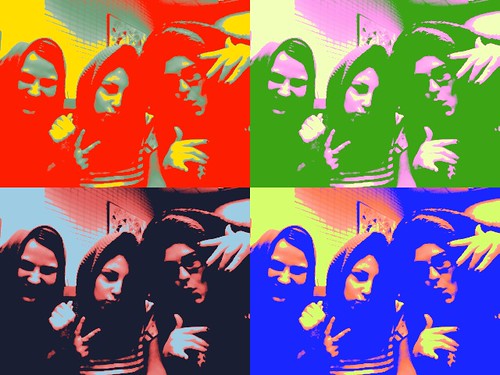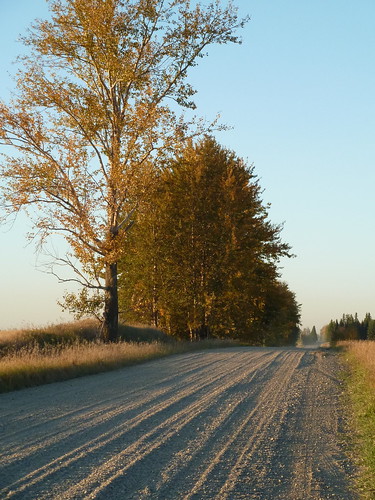| L.Adam (Personal collection, December 2011) |
Now for a short story. This semester, I found a Registered Dietitian (R.D.) to volunteer with when I went to meet with her, she asked what classes I was taking. I explained them to her, and I told her about ALES 204. Her eyes instantly lit up; she was so happy to hear that we were learning how to use the internet effectively. She said her skills are lacking, yet this is the "new way in Nutrition". She mentioned that these skills will be very beneficial for me as I graduate. She further asked me about Twitter, because she knew she had common misconceptions-I told her I used to have those too. Twitter can be used effectively as R.D. to communicate nutritional facts, recipes and helpful websites. It can also benefit a R.D. as a place for rapid updates on food outbreaks (CFIA) or following other R.D.'s in the field who have specific expertise. From that meeting, it was further emphasized that this class would be useful in my career. The lectures on proper citations, scientific posters, library research and presentation skills will be particularly helpful even before I graduate.
Now that four months have passed, I have not only expanded my knowledge about the uses of the internet, but also have the confidence to put it into practice. I have made a Storify of an overview of my activity on the internet this term. In addition, I was able to effectively communicate with fellow classmates through Google Docs, Twitter and their respective blogs. By reading other students blogs, I felt this class had more of a personal feel. We were able to get to know our classmates through a different setting then the typical "sit in a classroom and I have seen you once before across the room" kind of feeling. Through this class, we were all linked through the ALES 204 class blog, and from there it was easy to click on other people's blogs and read their thoughts as well. I just finished reading my classmate, Kelvin's most recent post on a super-fruit that he is passionate about. I have never seen such a fruit before, however it seems like is a very functional fruit with additional health benefits. I would love to try it sometime! This is just another example of how information can easily be spread from person to person. If it wasn't for Kelvin, I may have never heard of a Mangosteen ever in my life! Thanks for expanding my knowledge Kelvin. This semester I also commented on some of my classmates blogs: Rebecca, Laurel, Kylie, Mareli and Julianna.
Image: Retrieved December 6, 2011 from the Flickr account of kmclean 2.
http://www.flickr.com/photos/67755971@N07/6299154322/





